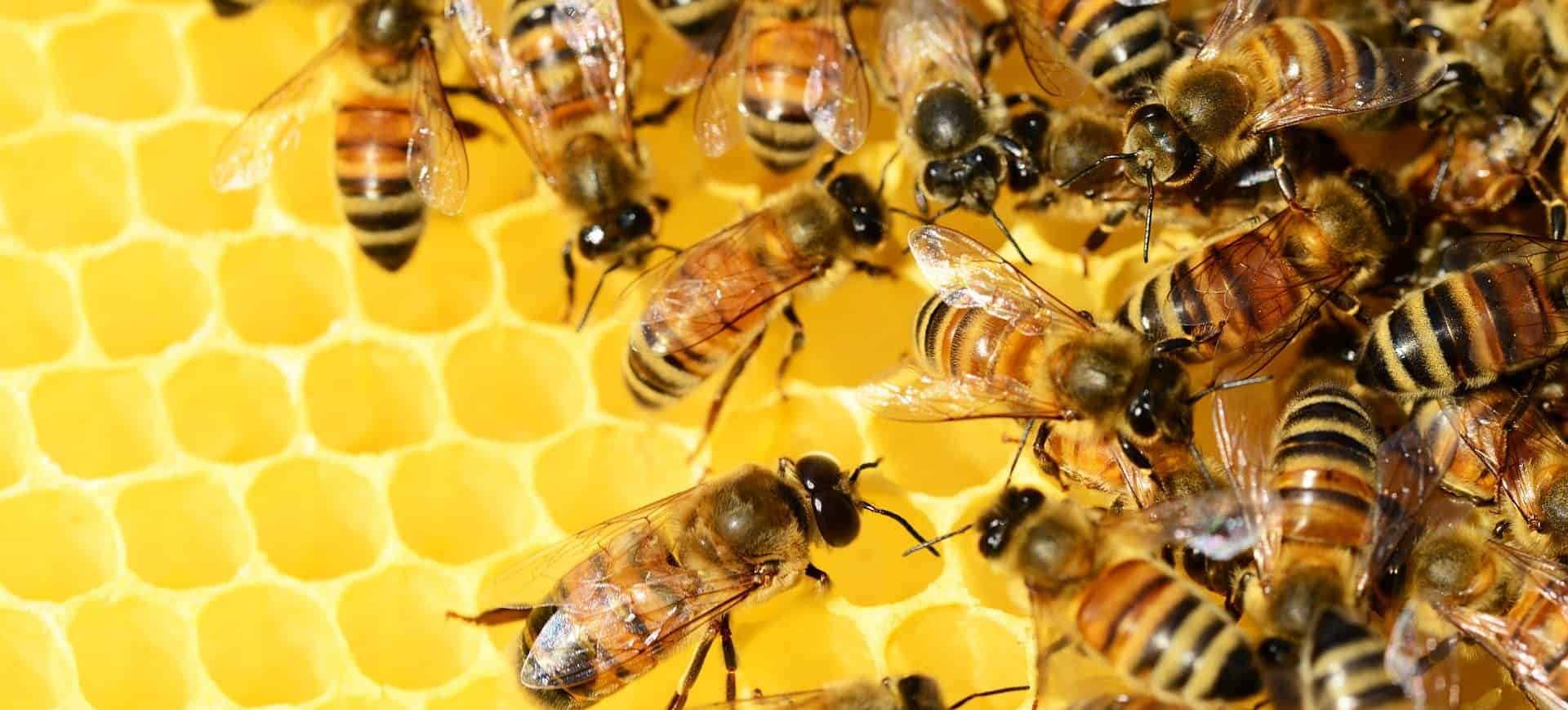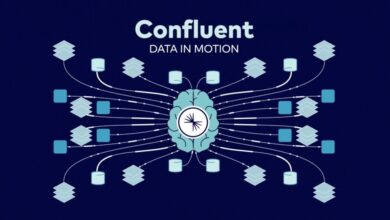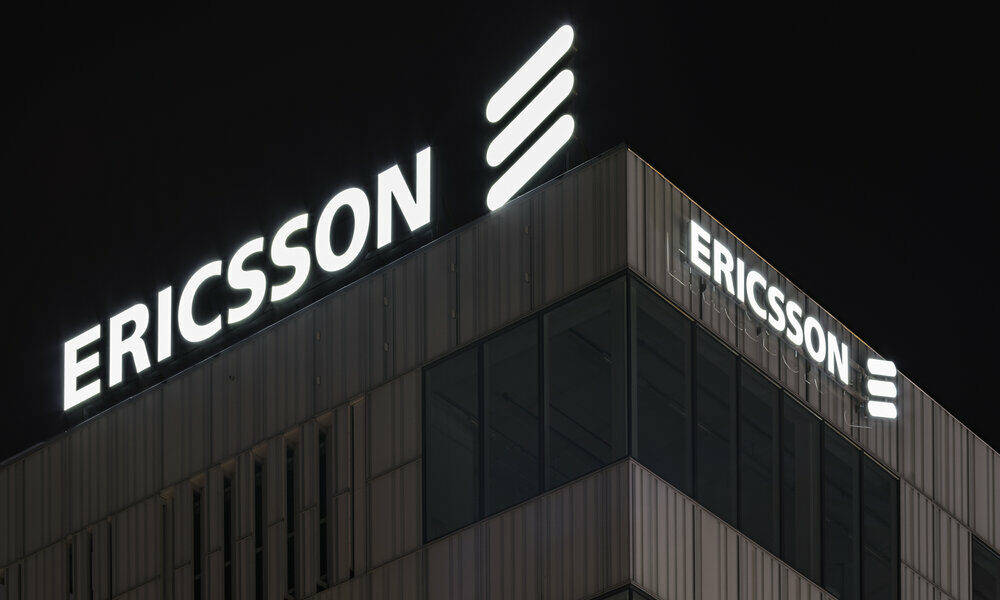
Bees were already known for their ability to pollinate which, basically, is what makes humans exist. Now, they have an even greater potential to contribute to evolution: the honey produced by these tiny insects has the potential to be used for the development of neurochips.
A study recently published in the Journal of Physics D, shows that researchers at Washington State University show how honey could be used for the development of a memristor.
From the union of the terms “memory and resistor”, the memristor works not only as a transistor that can process, but also as a data storage component in memory.
According to Feng Zhao, associate professor at WSU’s School of Engineering and Computer Science and corresponding author of the study, the device is quite small and works similarly to a human neuron, so it’s a good application option for those ” ecological neurochips”.
“This means that if we can integrate millions or billions of these honey memristors together, they can be turned into a neuromorphic system that functions like a human brain,” he said.
In this way, in addition to having a faster operation and low energy consumption — which are the two main characteristics of neuromorphic systems and reasons why they are so studied — honey chips would also allow for a more organic system.
Honey neurochips and neuromorphic synapses
For the study, Zhao and the study’s lead author, WSU graduate student Brandon Sueoka, created the memristors by taking honey in its solid form and placing it between two metal electrodes.
Memristors were developed on a microscale, to reach the size of a human hair, and thus can be grouped together to create a complete neuromorphic computing system.
In this way, the researchers were able to create a structure that functions like a human synapse. The sugary components were able to successfully emulate the brain function known as “plasticity”, responsible for the learning processes and retention of new information in human neurons.
To get an idea of what this can mean for computing, Zhao explains how a traditional computer works compared to the human brain.
Currently, conventional systems are based on the von Neumann architecture, which consists of the use of a CPU (or central processing unit) and RAM (memory storage), as well as input and output systems, which are usually represented by a monitor, keyboard. and mouse.
Human synapses could be mimicked with neuromorphic systems made with honey neurochips – Image: geralt/Pixabay
As an example of processing, the specialist uses the Fugaku supercomputer, which uses more than 28 megawatts, approximately the equivalent of 28 million watts, to function while the brain uses only about 10 to 20 watts.
The human brain is therefore more efficient than a traditional computer machine. By being able to mimic the functioning of the brain, this type of technological evolution could provide unparalleled advancement and efficiency for computing.
Companies like Intel and IBM are currently working on this type of structure and have already launched neurochips with 100 million “neurons” per chip. Still, they’re not even close to brain power — aside from the fact that traditional components aren’t biodegradable.
Many researchers, including Zhao’s team, are looking for biodegradable and renewable solutions to use in this type of neuromorphic structure. The specialist, for example, also leads studies on the use of proteins and other sugars, such as those found in aloe leaves.
Even so, for the scientist, the potential of honey is even greater: “honey does not spoil”, he said. “It has a very low moisture concentration, so bacteria cannot survive in it. That means these computer chips will be very stable and reliable for a long time.”
And if you thought that computers, when they work, overheat and that could be a terrible combination for honey, which could liquefy, know that neuromorphic systems don’t get as hot as traditional PCs and honey, therefore, would be able to hold those temperatures.
But anyway, Zhao cautions that with these systems, as with traditional computers, it’s also not a good idea to spill coffee. There’s the warning.
Via: Tech Xplore



